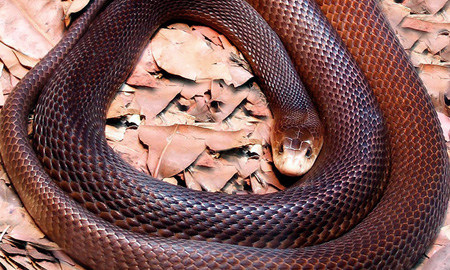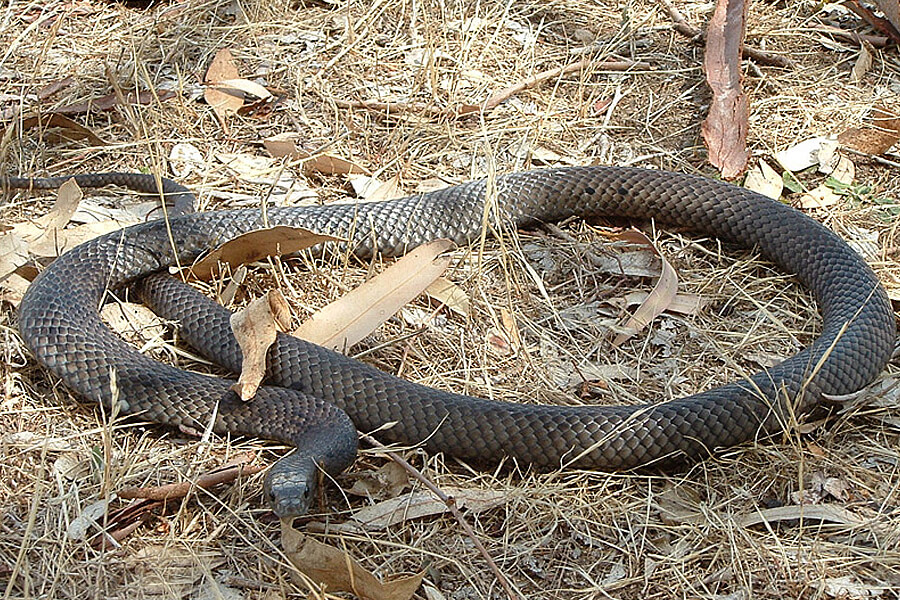Introduction
Tiger snakes (Notechis scutatus) are among one of the most fascinating yet feared reptiles located in Australia. With their striking appearance and potent venom, these serpents evoke a blend of awe and care. Observing tiger snakes in their natural surroundings can be an electrifying experience for nature lovers, wild animals digital photographers, and scientists alike. Nevertheless, it's vital to approach this undertaking with regard for the animal's environment and an understanding of safety measures to avoid snake bites.

In this brown tree snake extensive overview, we'll discover just how to safely observe tiger snakes in their all-natural habitat. We will certainly cover topics varying from comprehending their behavior and habitats to emergency treatment for serpent bites-- Yellow faced whip snake bite treatment outfitting you with expertise to improve your experience while reducing dangers.

What is a Tiger Snake?
Tiger snakes are highly venomous snakes belonging to Australia, especially Tasmania and coastal regions. They are understood for their distinctive grouped pigmentation resembling a tiger's stripes, which can range from yellowish-brown to dark brownish or perhaps black.
Physical Characteristics
Tiger snakes are medium to large-sized snakes that can grow up to 2 meters long. Their bodies are robust, and they have a wide head that is clearly broader than their necks.
Habitat Preferences of Tiger Snakes
These reptiles commonly populate wetlands, estuaries, and coastal areas however can additionally be located near freshwater sources like rivers and lakes. Understanding where these serpents live is critical for anyone seeking to observe them safely.
Understanding Tiger Snake Behavior
Are Tiger Snakes Venomous?
Yes, tiger snakes are among the most poisonous serpent varieties around the world. Their poison includes neurotoxins that can cause severe medical difficulties if bitten.

Behavioral Traits
Tiger snakes are generally reluctant animals; they like to avoid human communication. Nonetheless, they can end up being aggressive if intimidated or cornered.
Where Can You Locate Tiger Snakes?
Tiger Snake Environment Exploration
To securely observe tiger snakes in their all-natural environment, it's necessary initially to determine where they prosper. They have a tendency to prefer:
- Coastal marshlands Mangroves Swamps Riverbanks
Best Locations for Observation
Some recommended areas consist of:
- Tasmanian wetlands The coastlines of southern Australia National parks with water bodies
Safety Precautions Before Observing Tiger Snakes
Understanding the Threats of a Tiger Snake Bite
Although experiences with tiger snakes can be awesome, knowing the dangers included is vital:
Recognize signs and symptoms of a serpent bite: swelling at the site, discomfort radiating from the bite area. Know emergency situation contacts: Acquaint on your own with local emergency services. Carry a first-aid package specifically furnished for serpent bites.First Help for Serpent Bites: What You Required to Know
Knowing what steps to take if bitten could conserve your life or another person's:
- Stay calmness; motion raises venom spread. Call for medical assistance immediately. Do not use ice or attempt suctioning.
How to Securely Observe Tiger Snakes in Their Natural Habitat
When you decide to observe tiger snakes in the wild:
Dress Appropriately: Use long pants and tough boots. Use Binoculars: Maintain a safe range while observing these reptiles. Avoid Sudden Movements: Quick activities may alarm them. Stay on Developed Trails: Stay clear of roaming into thick underbrush where exposure is low.Equipment Required for Observation
Essential Gear Checklist
- Binoculars First-aid kit especially designed for serpent bites Field guidebook on Australian reptiles Camera (with zoom capability)
Snake Bite Emergency treatment Set Essentials
A fully equipped first aid package must include:|Item|Objective|| -------------------------------|-------------------------------|| Compression plaster|To immobilize the damaged location|| Antihistamines|For allergies|| Emergency call numbers|Quick accessibility during emergencies|
Interpreting Tiger Snake Signals
Understanding how tiger serpents interact with body language aids onlookers gauge when it's secure or risky:
Common Behaviors
Defensive pose: If curled or elevated off the ground. Retreating actions: When they slowly retreat from prospective threats.Dealing With Prospective Encounters
Even with preventative measures taken, an experience might still occur throughout your monitoring journey:
Remain calmness; stressing only increases risks. Slowly back away without turning your back on the snake. Make your visibility understood verbally but prevent abrupt movements.Frequently Asked Concerns Concerning Tiger Snakes
1. What ought to I do if I see a tiger snake?
Remain tranquility; observe from a distance without troubling it.
2. Are baby tiger snakes dangerous?
Yes, adolescent tiger serpents are birthed poisonous and may present threats similar to adults regardless of being smaller.
3. How usual are tiger snake bites?
While incidents happen yearly in Australia, deaths are unusual because of prompt therapy availability.
4. Can I maintain a tiger snake as a pet?
Keeping wild tiger snakes as family pets is prohibited in lots of regions because of conservation laws.
5. What does a tiger serpent bite appearance like?
Bite marks normally show two puncture injuries together with local swelling and discoloration.
6. How reliable is antivenom?
Antivenom therapy is highly effective when provided prompt after a bite.
Conclusion
Observing tiger serpents in their natural environment offers an electrifying possibility for wildlife enthusiasts however must be approached with care and respect for both the creature and its setting. By equipping on your own with understanding regarding these remarkable reptiles-- consisting of comprehending their habits and safety measures-- you can Check over here enjoy unforgettable experiences while considerably reducing risks connected with encounters.
In summary, constantly focus on safety and security by preparing appropriately before starting any wild animals observation exploration-- especially when dealing with several of nature's most venomous creatures like the tiger snake!